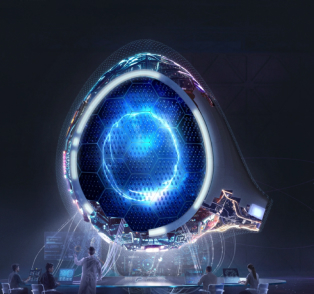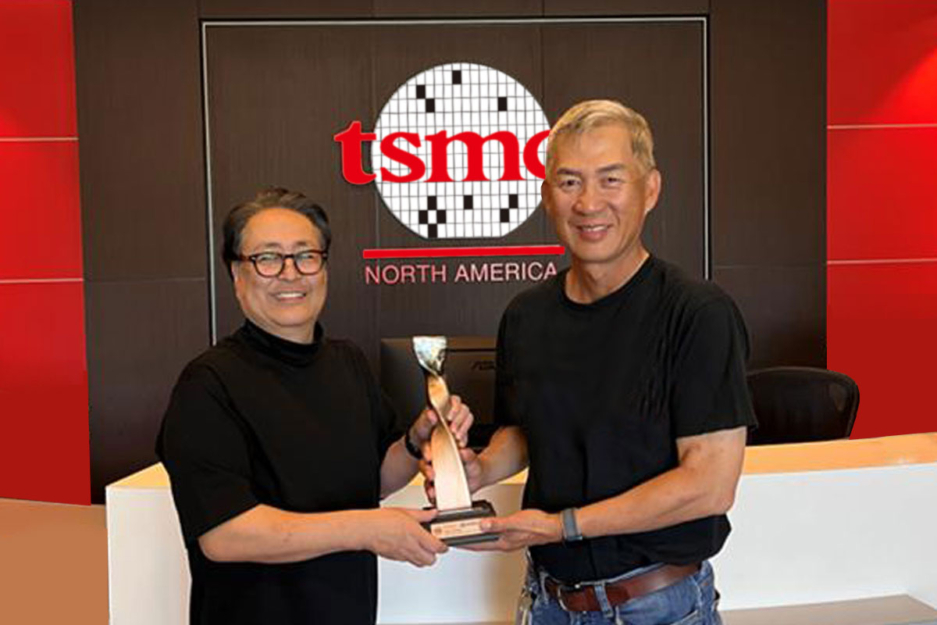Facts About ambiq micro inc Revealed

Industrial and IoT Apollo microprocessors supply intelligence, reliability, and stability for that battery-powered endpoint devices in the economic ecosystem that can help execute essential tasks such as health monitoring and preventive servicing.
RTC 01 The Ambiq® real-time clock may be the market leader in electricity management, performing as an extremely low electricity "continue to keep-alive" supply to the procedure and bypassing the necessity for the primary MCU to electrical power down the product to preserve electricity.
Paul Ng, CEO of EDBI said, "Ambiq’s continued expansion not only reaffirms its determination to creating expertise in main-edge semiconductor systems in Singapore but will also demonstrates our enchantment as a sexy innovation hub for your region.
President Lyndon Johnson described the launch, "The complete earth could begin to see the great sight of the initial launch of what's now the biggest rocket ever flown. This launching symbolizes the facility this country is harnessing to the peaceful exploration of House."[fifty one] Von Braun spoke in the mission as "an expert launching all the way through, from elevate-off specifically on time to overall performance of each and every phase".
Tests of your Saturn I rocket and flights of boilerplate Apollo Command Modules (CSM) had begun in 1961. And from the beginning NASA had been applying an easy and self-obvious naming scheme: a letter denoting the rocket and payload and range standing for your rocket form and launch amount. There have been ten Saturn I launches specified by “S†or “AS†accompanied by a amount from a hundred to 110.
Two cameras captured the staging function; one particular clip is demonstrated. The primary stage falls away, followed by the interstage ring. Two movement-photograph cameras ended up aboard Apollo 4. These were mounted on the Saturn V to be able to seize the separation of the primary phase and interstage through the launch car.
The technological know-how is Employed in the Apollo family of microcontrollers which includes resulted in chips which can run right down to 30uA/MHz in Energetic mode and 100nA in standby.
A congressional inquiry ended with Apollo Spacecraft Method Office supervisor Joe Shea leaving the agency. NASA professionals turned increasingly cautious appropriate at some time they needed to get major risks to meet the tip of decade lunar landing intention.
20 p.c of the whole world's inhabitants watched people walk on the Moon for The 1st time.[223] When Apollo eleven sparked the interest of the planet, the follow-on Apollo missions didn't maintain the curiosity of the country.[215] One particular achievable explanation was the change in complexity.
A proprietary calibration algorithm to digitally tune the RC and XT oscillator frequency with accuracy as low as two ppm.
At about eighty seconds, the rocket expert most dynamic pressure (max q). The dynamic stress on the rocket differs with air density along with the sq. of relative velocity.
Over the following 3 and also a 50 % many years, 10 astronauts will observe of their footsteps. Gene vos Cernan, commander of the last Apollo mission leaves the lunar surface area with these words and phrases: “We go away as we arrived and, God prepared, as we shall return, with peace, and hope for all mankind.â€
The heat shield was upgraded to Block II criteria since Apollo 4's substantial-velocity re-entry into Earth's ambiance was intended to simulate a return from your Moon.[29] Exclusive machines had been installed to allow Mission Management to work the CSM's units remotely, and there was a camera that would instantly just take pics outside of one of the CM's windows on its last orbit.[30] Given that Apollo 4 carried no crew the CM lacked couches, controls and displays.[31]
Welcome to the new NASA Web-site. We’re Functioning to consistently enhance your World-wide-web expertise. If you do not come across Everything you are searhing for, give feedback.

Get Smart. Use Less Energy.
Ultra-low power SoCs for IoT endpoint devices
that demand complex operations
and longer battery life.
✠Ambiq® is committed to further improve the quality of life by enabling the intelligence of endpoints while further reducing carbon footprints. Ambiq – your partner in endpoint intelligence.
✯✯✯Based in Austin, San Jose, Hsinchu, Shenzhen, and Shanghai, our leadership and management teams consist of advocates, builders, enthusiasts, entrepreneurs, explorers, incubators, inventors, pioneers, protectors, thinkers, and visionaries. With a diverse spectrum of experiences and skillset, we came together and united with one goal to enable the true Internet of Things where the battery-powered endpoint devices can truly be connected intuitively and intelligently 24/7.
Ambiq Wins the Demo of the Year Award at 2023 TSMC Technology Symposium
September 7, 2023, Austin, TX – Ambiq®, a leading developer of ultra-low-power semiconductor solutions that deliver a multifold increase in energy efficiency, was awarded the Demo of the Year Award by TSMC as a participant of the Innovation augmented reality glasses Zone at the 2023 TSMC North America Technology Symposium.
Ambiq Wins the Demo of the Year Award at 2023 TSMC Technology Symposium 
During the April event, Ambiq showcased various product design wins using TSMC’s 22nm technology in wearables, digital health, smart home, Industrial IoT, pet trackers, and retail segments, with industry-leading energy efficiency. Ambiq also featured two live demos emphasizing its leadership in enabling endpoint AI with its HeartKit™ for remote patient monitoring and its graphics display capabilities for a vivid user interface.

TSMC pioneered the pure-play semiconductor foundry business model when it was founded in 1987, helping startup companies accelerate their innovations by providing access to the industry’s leading process technologies and manufacturing capacity. Since 2021, TSMC has expanded that mission with an Innovation Zone at its worldwide Technology Symposiums, highlighting how TSMC partners with startup companies to enable cutting-edge products from various applications, including high-performance handheld consoles computing, communication, automotive, IoT, and consumer segments.
“We’re grateful to TSMC and our booth visitors for allowing us to share our energy-efficient technology and processor solutions with them,†said Ambiq’s CEO, Fumihide Esaka. “We’re moving towards an exciting frontier of AI becoming more engrained with our daily lives. With that vision on the horizon, we will continue to develop innovative and first-of-its-kind ultra-low-powered solutions that keep innovation and sustainability in mind.  

Ambiq’s mission is to develop the lowest-power semiconductor solutions to enable intelligent devices everywhere by developing the lowest-power semiconductor solutions to drive a more energy-efficient, sustainable, and data-driven world. Ambiq has helped leading manufacturers worldwide develop products that last weeks on a single charge (rather than days), while delivering a maximum feature set in compact industrial designs. Ambiq’s goal is to take Artificial Intelligence (AI) where it has never gone before in mobile and portable devices, using Ambiq’s advanced ultra-low power system on chip (SoC) solutions. Ambiq has shipped more than 200 million units as of March 2023.
Ambiq Designs Low-Power for Next Gen Endpoint Devices
Ambiq’s VP of Architecture and Product Planning, Dan Cermak, joins the ipXchange team at CES to discuss how manufacturers can improve their products with ultra-low power. As technology becomes more sophisticated, energy consumption continues to grow. Here Dan outlines how Ambiq stays ahead of the curve by planning for energy requirements 5 years in advance.
Facebook | Linkedin | Twitter | YouTube